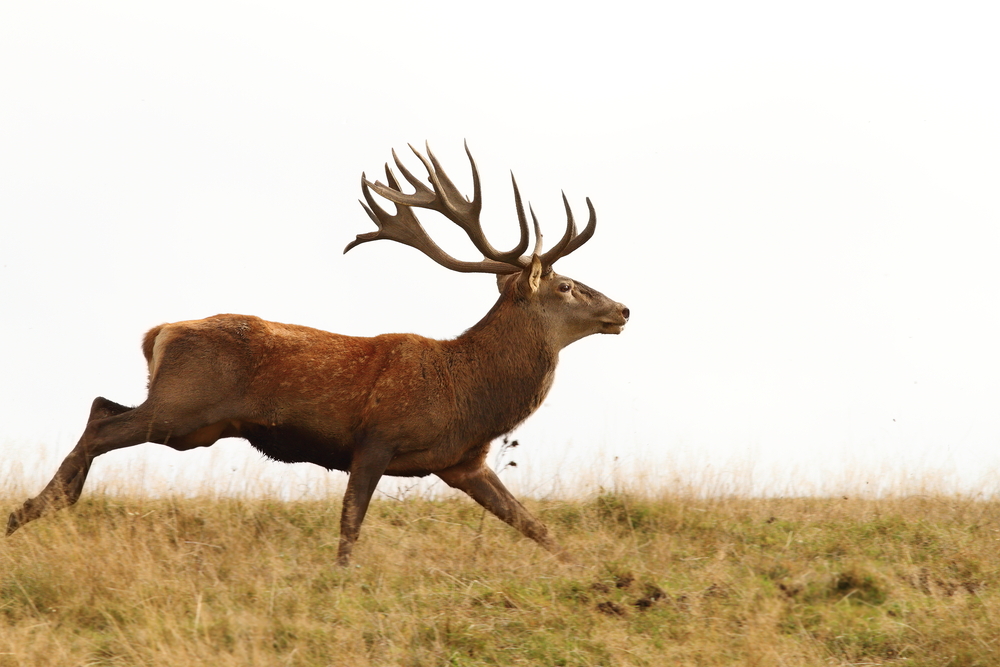
William the Conqueror established the New Forest for royal hunting and ‘loved the deer as if he were their father’.
William the Conqueror, who is credited with establishing the New Forest in the 11th century, was a keen huntsman and created laws of venison and vert to protect his quarry and its habitat. The forest laws that he introduced were severe and the punishments for transgressors, such as blinding or having a hand cut off, more so. According to an Anglo-Saxon observer the king’s behaviour, which included taking many marks of gold and hundreds of pounds of silver from his underlings, caused great men to complain and poor men to lament. He banned the hunting of harts and also of wild boar and decreed that the hares should be allowed to run free. The observer further commented that the king ‘loved the deer as if he were their father’.
While they were harsh the introduction of forest laws actually preserved and regulated the practice of commoning and its associated rights and customs. Commoning, one of the oldest forms of agriculture known to man, had been practiced in the area long before William set foot on English soil. Nevertheless, subsequent laws, including the Charter of the Forest 1217, and the Orders and Rules of the New Forest 1537, have claimed to represent ancient usage whilst introducing new observances. One such requirement that has always been more honoured in the breach than in the observance was that of ‘Fence Month’.
Traditionally fence month (20th June to 20th July) occurred 14 days either side of midsummer’s day, which is the time when deer generally give birth. According to one chronicler ‘there must be a watch and ward kept with men and weapons for the fence and defence of wild beasts, for that reason the same is called fence or defence month.’ During this time ‘no men or stray dogs’ were allowed to wander in the forest, and ‘no swine or cattle were allowed to feed within the precincts’. The commoners were supposed to remove their stock to their holdings to enable the deer to calve uninterrupted. However, the commoners were able to continue grazing their animals throughout this period on payment of a small quit rent. By the 16th century these payments were made ‘of old time’ and in 1670 it was stated before the Justice in Eyre, held at Lyndhurst, that ‘from time out of mind the commoners have had common of pasture for their cattle throughout fence month’.
Attempts to reestablish and enforce fence month were made in the early 1850’s, when the practice of commoning came under serious threat from the Crown who wanted to eradicate the ancient rights in order to enclose parts of the New Forest for timber production and sell-off the rest. When the commoners offered to reintroduce quit rents for grazing throughout fence month the Crown refused and used the conciliatory gesture as proof of the Crown’s superiority in the matter. However, when matters came to a head a national outcry and active campaign for the preservation of the New Forest and commoning resulted in the New Forest Act 1877. The Act reconstituted Court of Verderers, which was given judiciary and executive powers over the New Forest, including responsibility for the payment of quit rent in respect of fence month.



You must be logged in to post a comment.